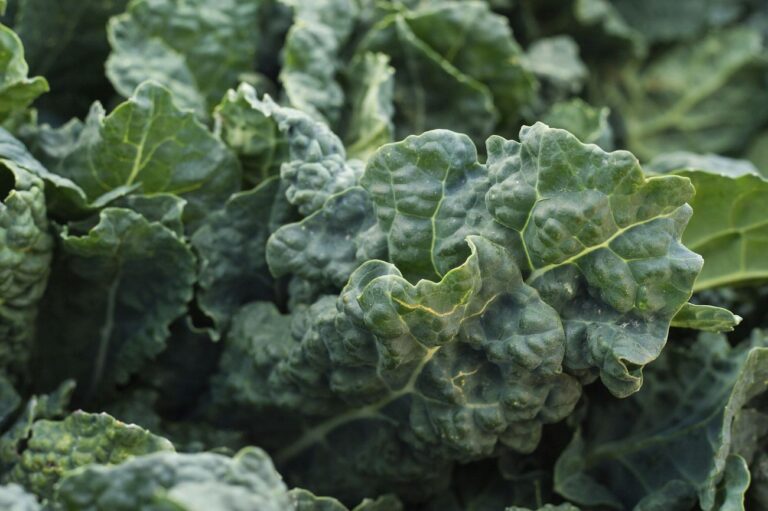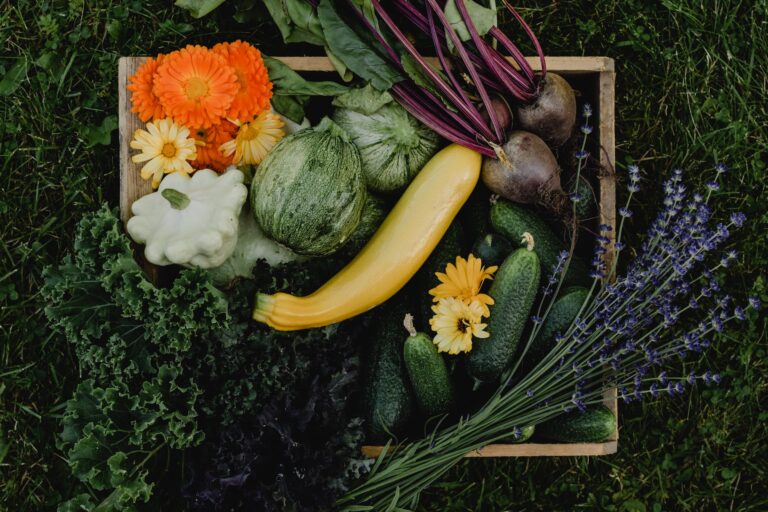Tomato Farming In Kenya Using Drip Irrigation
Tomato farming in Kenya is a profitable venture, with a high demand for tomatoes both locally and internationally. However, with the changing climate, it’s becoming increasingly challenging for farmers to grow tomatoes using traditional methods. This is where drip irrigation comes in – a method of irrigation that is becoming increasingly popular among Kenyan tomato farmers. In this article, I’ll be discussing the benefits of using drip irrigation for tomato farming in Kenya and why it’s worth considering.
What is Drip Irrigation?
Before we dive into the benefits of using drip irrigation for tomato farming in Kenya, let’s first define what drip irrigation is. Drip irrigation is a method of irrigation where water is delivered to the roots of the plants through a network of pipes, tubing, and emitters. The water is delivered in small droplets, directly to the roots of the plants, allowing for more efficient use of water and reduced water loss through evaporation and runoff.
Mr. John, a farmer from Thika, has been using drip irrigation for his tomato farm for the past three years. He switched to drip irrigation after experiencing crop loss due to water scarcity. He now uses a drip irrigation system that is connected to a water storage tank, which is filled with water from a nearby borehole. The system is automated and can be controlled remotely using a smartphone app. Mr. John has seen an increase in his crop yield, and he’s able to save up to 40% on water costs. He’s also able to grow tomatoes even during times of drought, which has increased his profits significantly.
Benefits of Drip Irrigation for Tomato Farming in Kenya
- Increased Water Efficiency: One of the major benefits of using drip irrigation for tomato farming in Kenya is the increased water efficiency. With drip irrigation, water is delivered directly to the roots of the plants, reducing water loss through evaporation and runoff. This means that farmers can use less water to grow their tomatoes, which is particularly important in a country like Kenya where water is becoming an increasingly scarce resource.
- Improved Crop Yield: Another benefit of using drip irrigation for tomato farming in Kenya is improved crop yield. With drip irrigation, farmers can control the amount of water and nutrients that their tomatoes receive, which can result in healthier plants and higher crop yields. Additionally, drip irrigation can also help farmers to reduce crop loss due to pests and diseases as the pests and diseases are not easily spread through the irrigation system,
- Reduced Labor Costs: Drip irrigation also reduces labor costs for farmers. With traditional irrigation methods, farmers are required to manually water their plants, which can be time-consuming and labor-intensive. With drip irrigation, farmers can set up a system that will automatically water their plants, reducing the need for manual labor.
- Increased Profits: Another benefit of using drip irrigation for tomato farming in Kenya is increased profits. With increased water efficiency, improved crop yield, and reduced labor costs, farmers can increase their profits and become more sustainable.
- Adaptability to Climate Change: Drip irrigation also adapts well to climate change as it allows farmers to adapt their irrigation schedules according to weather patterns and soil moisture levels. This means that farmers can continue to grow tomatoes even in times of drought and water scarcity. An example is the case of a farmer’s cooperative in Machakos, which has been using drip irrigation for their tomato farm for the past five years. The cooperative has seen a significant increase in crop yield and profits since switching to drip irrigation. They have also been able to reduce their water usage by 50%, which has helped them to become more sustainable.
Setting up Drip Irrigation for Tomato Farming in Kenya
Setting up drip irrigation for tomato farming in Kenya requires careful planning and execution. Here are the steps involved in setting up a drip irrigation system for tomato farming:
- Conduct a soil analysis: The first step in setting up a drip irrigation system is to conduct a soil analysis to determine the soil type, texture, and fertility. This information will help to determine the best irrigation method and schedule for your tomato farm.
- Design the irrigation system: Once the soil analysis is complete, the next step is to design the irrigation system. This includes determining the number and placement of emitters, the size and type of tubing and pipe, and the location of the water source. It is important to choose a system that is appropriate for your farm’s size and water supply, and that is easy to operate and maintain.
- Install the irrigation system: Once the design is complete, the irrigation system can be installed. This includes laying out the tubing, installing the emitters, and connecting the system to the water source. It’s important to hire a professional to install the system to ensure that it is done correctly.
- Test the irrigation system: Before using the irrigation system, it’s important to test it to ensure that it is working properly. This includes checking for leaks, clogs, and other issues that may affect the performance of the system.
- Train the farm workers: Once the irrigation system is installed, it’s important to train the farm workers on how to properly operate and maintain the system. This includes how to adjust the water flow, how to troubleshoot common problems, and how to clean and maintain the system.
- Schedule Irrigation: After the installation and training, it’s important to schedule irrigation. This includes determining the appropriate irrigation schedule based on weather patterns, soil moisture levels, and crop growth stage. This is important to avoid over watering or under watering the crops.
- Monitoring: Monitoring the system regularly is crucial to ensure that the system is working properly and to make any necessary adjustments. This includes monitoring water usage, crop growth, and soil moisture levels.
- Maintenance: Regular maintenance is important to ensure the longevity and performance of the irrigation system. This includes cleaning the filters, checking for leaks, and making any necessary repairs.
In conclusion, using drip irrigation for tomato farming in Kenya is a profitable and sustainable option for farmers. With increased water efficiency, improved crop yield, reduced labor costs, and increased profits, it’s worth considering for any tomato farmer. Additionally, drip irrigation adapts well to climate change, which is becoming an increasingly important factor for farmers in Kenya. With the right approach and management, drip irrigation can help farmers to become more sustainable and profitable in the long-term.







